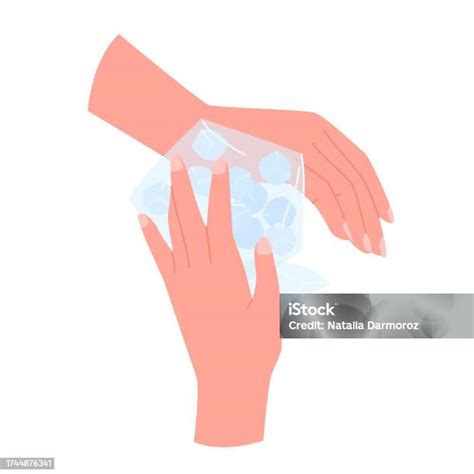Minimize Swelling & Bruising: Ice After Surgery
Post-surgical swelling and bruising are common, but managing them effectively can significantly improve your recovery and comfort. Ice is a readily available and effective tool in this process, but knowing how to use it correctly is crucial. This article will explore the benefits of ice after surgery, how to apply it properly, and address common questions surrounding its use.
Why is Ice Important After Surgery?
Ice therapy is a cornerstone of post-operative care. Its primary function is to constrict blood vessels, reducing blood flow to the affected area. This constriction limits swelling (edema) by minimizing fluid leakage from blood vessels into the surrounding tissues. Reduced blood flow also helps to minimize bruising by slowing the escape of blood from damaged capillaries. Furthermore, the numbing effect of ice can reduce pain and discomfort, providing much-needed relief in the initial post-operative period.
How to Apply Ice After Surgery: A Step-by-Step Guide
Applying ice incorrectly can be counterproductive. Here's the right way to do it:
-
Protect your skin: Never apply ice directly to your skin. Wrap the ice pack in a thin towel or use a commercially available gel pack. Direct contact can cause frostbite or skin damage.
-
20-minute intervals: Apply the ice pack for 20 minutes at a time. Then, remove it for at least 20 minutes to allow your skin to return to its normal temperature. Prolonged exposure to cold can harm your skin.
-
Elevate the affected area: Whenever possible, elevate the surgical site above your heart. This helps to reduce swelling by promoting drainage of excess fluid. For example, if you've had knee surgery, keep your leg elevated on pillows.
-
Consistency is key: Continue this cycle of ice application throughout the day, especially in the first 24-48 hours after surgery. Your surgeon or medical professional will provide specific recommendations based on your procedure.
-
Listen to your body: If you experience any unusual sensations like numbness, increased pain, or skin discoloration, discontinue ice application and contact your doctor immediately.
How Long Should I Use Ice After Surgery?
The duration of ice application varies depending on the type of surgery and your individual response. Generally, you'll benefit most from frequent ice application during the first 2-3 days post-surgery. After this period, you can gradually reduce the frequency and duration of ice application as swelling subsides. Always follow your surgeon's instructions.
What are the Potential Side Effects of Using Ice?
While generally safe, improper ice application can lead to:
- Frostbite: This occurs when the skin is exposed to excessive cold for too long.
- Skin damage: Prolonged direct contact with ice can cause redness, blistering, or even tissue damage.
- Numbness: While some numbness is expected, prolonged or excessive numbness warrants a call to your doctor.
Can I Use Other Methods Along with Ice?
Yes, other methods can complement ice therapy. These might include compression bandages (as recommended by your doctor), elevation, and over-the-counter pain relievers like ibuprofen or acetaminophen. Always discuss these options with your surgeon before using them.
What if the Swelling Doesn't Go Down?
Persistent or excessive swelling despite following your doctor's recommendations should be reported to your healthcare provider. It could indicate a complication that requires medical attention.
When Should I Call My Doctor About Swelling or Bruising?
Contact your doctor immediately if you experience:
- Increased pain: Pain that worsens despite ice and medication.
- Excessive swelling: Swelling that is significantly increasing or doesn't improve with treatment.
- Redness or warmth: These could indicate an infection.
- Fever: A fever suggests a possible infection.
- Changes in skin color: Unusual discoloration or bluish discoloration could indicate a serious complication.
By following these guidelines and diligently applying ice as directed by your surgeon, you can significantly reduce swelling and bruising, contributing to a smoother and more comfortable recovery. Remember, proper post-operative care is critical for optimal healing. Always follow your surgeon’s specific instructions, and don't hesitate to contact them with any concerns.

